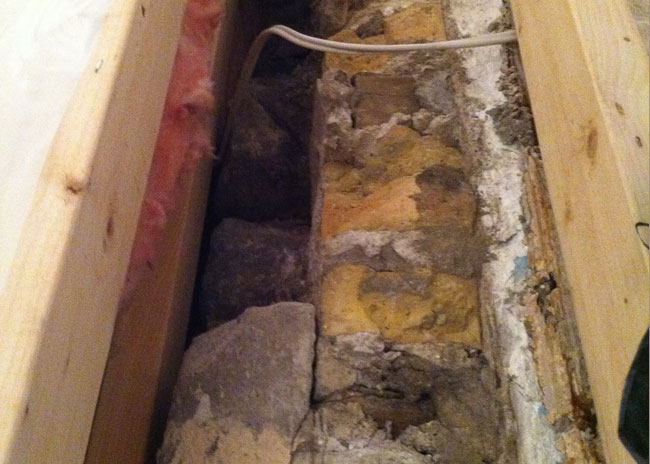If you’re a young couple making that next big move from apartment living into homeownership, it can be without a doubt, overwhelming, the chances are that if you haven’t owned a home before, you most likely won’t know much about the foundation of the one you’re interested in moving into. But having a basic understanding of the various types of foundation, along with any underlying problems that may come along with it, are important to have in your arsenal in order to avoid any major issues down the road.
So if you’re new to the market of homeownership and are on the hunt, here is a brief run down of the most common foundations and what you can expect from them.
Brick
Brick embodies that classic look that so many love and seek. But for many of these brick homes, they were generally built decades ago without the intention of lasting all that long. Brick and mortar easily wear down against the elements and can result in a pretty weakened foundation over time. But luckily, you’re living in an age where there are many solutions to such problems. An old brick foundation doesn’t mean you need to cast your eyes elsewhere. Your foundation experts can assess it and ensure it is safe or begin foundation repair so it’s as good (or better!) than new.
Cinder Blocks
If you’re house-hunting in a rural area, the chances are that the homes will have foundations that consist of cinder blocks. This material is built to be durable, but that durability and longevity all depend on how well they were installed. Keep an eye out for any signs of shifting or cracks.
Concrete
We all know how sturdy concrete can be, so you know it generally is an optimal choice for a solid foundation. However, like cinder blocks, if there were any errors during the installation process, it could result in some issues with cracking.
Cement
Due to its durability and low maintenance, cement is a popular material of choice these days for foundations. But like anything, it’s still susceptible to damage and wear and tear. External elements and pressure between water build-up in the soil can lead to cracks and leaks.
Always keep your eye out on the foundation of your home – whether you’ve already purchased it and are living in it, or you’re simply searching the market for the first time. Having a basic understanding of the materials commonly used, along with their attributes and faults can give you a sharper eye on what to look out for to ensure that your foundation is solid.
With these tips, you will be better prepared to take on a foundation waterproofing project. If you have any questions or require a free foundation consultation on your home, contact The Crack Doctor today!


